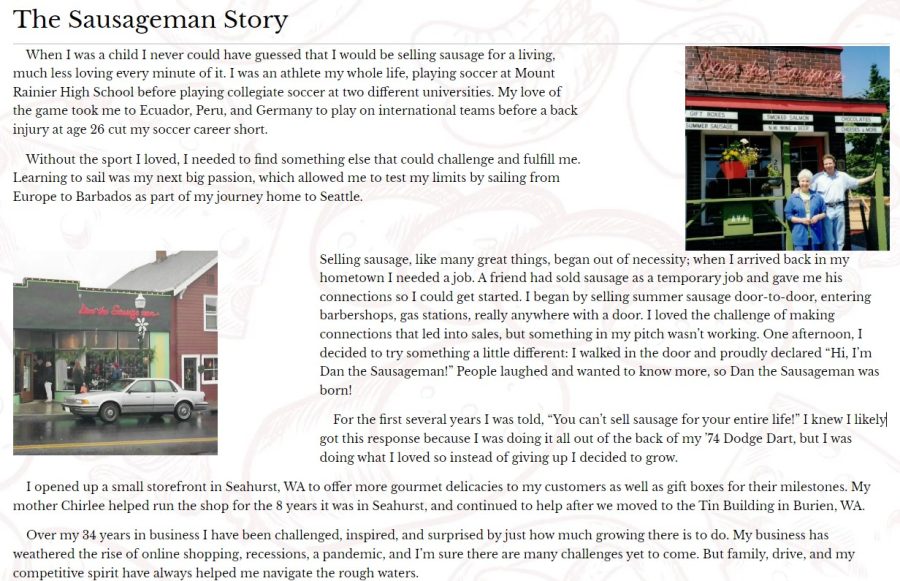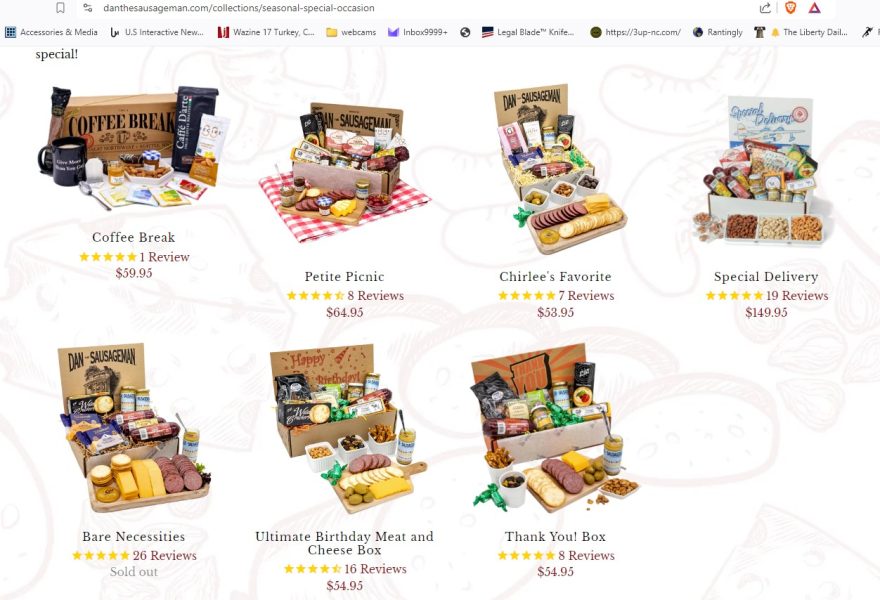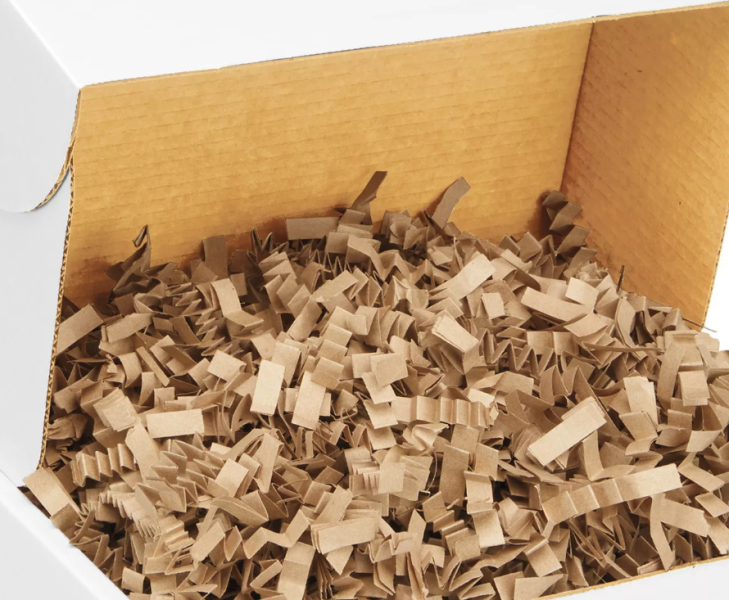
Simply Us Farm is a local farm that my wife and I run. One of the projects for this year is to develop gift boxes for Christmas. I wanted to share some of the thinking behind the process of designing the gift boxes. Usually my blog entries focus on the design sides of new product develpment, but this is a journey into product management.
Background
Local businesses often struggle to market and sell products. This is driven by several issues including
- not having a fully developed sales channel – wholesale, retail and online
- smaller number of items in their catalog
- catalog items are often very hyper focused on what the small business is passionate about
This is especially true for small farms. Simply Us Farms is young farm in NC adding new production every year. The farm specializes in uncommon fruits and berries with high nutritional value and high anti-oxident content.
The challenge for this holiday season is to develop a gift basket. Simply Us Farms produces honey from the farm and from Troublesome Gap. One option is to team up with other local producers to create a specialty gift basket filled with local goods and the honey from the Simply Us Farm.
Sources of Inspiration
Dan the Sausage Man is a company that produces a well thought out line of gift baskets. They also have a great origin story that they effectively share. Here is the story from their website.
They provide a variety of gift baskets that vary with the seaon and a different price points.
The internet also provides lots of examples of gift baskets that feature or include honey.
Goal
Provide a great gift that will be appreciated by the person receiving it. We want to create an special experience for the person who puts the contents of the gift basket to use.
Basket Themes
We want to help the basket user create a special culinary experience. This could be categorized several different ways. One way is to associate the experience with snack or meal. Here are some options
- pre-breakfast (such as morning coffee)
- breakfast
- brunch
- lunch
- dinner
- snack
Other opportunities is to associate the gift with an event include
- picnic
- thank you (professional or personal)
- family or personal tradition
- specific holiday (religious, cultural or social – examples: Christmas, Thanksgiving, Halloween)
- birthday or other personal milestone (maybe a 50th anniversary, college graduation, or baby shower)
- wedding present
- corporate / organizational gift, thank you or award
Packaging
Because these are limited runs, the packaging needs to be something that is easy to decorate and off the shelf. We can print labels to designate the package as a Simply Us Farm gift box. Decoration can also show which version of the gift box is in packaging after it is closed up. The filler material and the box should be easily recyclable. Possibly a crinkle paper. It would be nice to have a single box that held the 3 smallest configurations, just to keep down on the number of boxes to purchase.
What to Put in the Baskets
Simply Us Farm has two types of honey available (farm honey / Bennett, NC & mountain honey / Troublesome Gap, NC). We can pour that honey into different size jars. Currently we have
It would be great if the gift box / basket could be filled with items from local farms and vendors. Here are possible companion products from a brainstorming session
- honey dipping utensils
- coffee (maybe with a coffee stirrer)
- sauces (maybe bbq or some other sauce for a process that can involve honey)
- sourkraut or other fermented food
- teas
- table cloth or other items to set a scene
- meat product (cured ham, sausage or sliced)
- crackers
- cheese
- jelly or jam (including fig)
- honey from another farm with a different taste
- recipes or cookbook
- food mix
- juice (maybe grape, elderberry, or other)
- mug with a relevant graphic
- medicinals (locally sourced)
- balloons for a birthday or other party
- pumpkin something for fall
- placemats for the table with a seasonal color scheme
- locally made pottery or mugs
- locally made candles (maybe with a seasonal scent)
Themes
We also wanted to think about how we could build gift box around a them. The theme helps build an emotional connection with the gift giver and receiver. Turning it from a box with food items into an experience.
- Morning coffee and honey
- Christmas coffee and honey – maybe adding a pine or other seasonal smell
- Fall grilling season (mild)
- Fall grilling season (hot)
- Tailgaiting
- Snowy Day
- Fall set – maybeadd something pumpkin or wool placemats with a fall color scheme
- Health theme (maybe with medicinals or a medicinal tea)
Pricing
After doing a survey on the internet, here are our initial cost targets for pricing.
- Option 1 – $54.95
- Option 2 – $59.95
- Option 3 – $64.95
- Option 4 – $149.95
Once we put sample baskets together then we can take pictures and test market the combinations on the website and with targeted emails. That will help determine if the gift basket is desirable and if they will sell.
Next Steps
We have started working with local farms to identify items that can go in the baskets. Then we’ll need to create specifc basket configurations. We’ll share the results as we go. The best wasy to follow along are to join the email list and check back on the blog.





























































































































 I’m a mechanical engineer turned weekend farmer, so I’m just smart enough to know that there is a lot that I don’t know especially when it comes to farming, permaculture and food forests. I’ve been heavily influenced in my love of farming and permaculture by my Mom and Dad and also by people like
I’m a mechanical engineer turned weekend farmer, so I’m just smart enough to know that there is a lot that I don’t know especially when it comes to farming, permaculture and food forests. I’ve been heavily influenced in my love of farming and permaculture by my Mom and Dad and also by people like  Connie has her certificate in Sustainable Agriculture from CCCC. She really enjoyed the classes at the community college and learned a lot. The program was a mixture of classes and work on the school farm. What she learned has really added to our technical proficiency on the farm.
Connie has her certificate in Sustainable Agriculture from CCCC. She really enjoyed the classes at the community college and learned a lot. The program was a mixture of classes and work on the school farm. What she learned has really added to our technical proficiency on the farm.